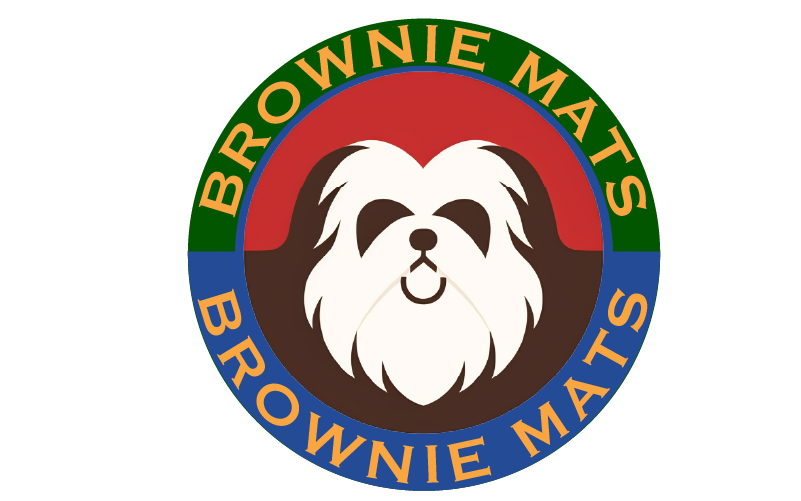Body hair removal has become an essential part of personal grooming for many individuals, enhancing their appearance and boosting their self-confidence. With numerous methods available, it can be challenging to decide which one is the most suitable for your needs and preferences. This comprehensive guide will help you understand the different types of body hair removal techniques and make an informed decision.
Shaving: A Quick and Convenient Option
Shaving is one of the most popular methods of body hair removal, providing instant results with minimal effort. It involves using a razor to cut hair on the skin’s surface. While shaving is affordable and convenient, it may cause ingrown hairs, razor burns, and skin irritation. Additionally, hair regrowth is relatively fast, usually within a few days.
Waxing: Long-Lasting Smoothness
Waxing offers a longer-lasting solution to body hair removal by pulling hair out from the root. This method involves applying cold or hot wax to the skin and then quickly removing it with a cloth strip, removing the hair with it. Waxing can be painful, but it leaves the skin smoother for longer periods – usually up to four weeks. However, it may cause skin irritation, redness, and ingrown hair.
Hair Removal Creams: A Painless Alternative
Hair removal creams, also known as depilatory creams, dissolve hair at the skin’s surface using chemicals. These creams offer a painless and convenient method of body hair removal, typically providing smooth skin for up to a week. It is essential to perform a patch test before using a hair removal cream, as some individuals may experience skin irritation or an allergic reaction.
Electrical Epilation: Long-Term Hair Reduction
Electrical epilation devices, such as epilators, use multiple rotating tweezers to remove hair from the root. This method can be painful but provides long-lasting results, similar to waxing. Epilators are suitable for use in various body areas and can be a cost-effective option for those seeking a long-term hair removal solution. Some redness and skin irritation may occur after using an epilator.
Laser Hair Removal: A Permanent Solution
Laser hair removal is a more permanent method of body hair reduction. It uses targeted light energy to damage hair follicles, preventing future hair growth. Multiple sessions are required for optimal results, and it can be an expensive option. However, it provides long-lasting results and works well for individuals with dark hair and light skin. Laser hair removal may cause temporary redness, swelling, or discomfort.
Conclusion
Selecting the right body hair removal method depends on various factors, such as your pain tolerance, budget, and desired results. By understanding the advantages and disadvantages of each technique, you can choose the most suitable option for your needs and enjoy smooth, hair-free skin with confidence.
FAQs
Q1: How can I prevent ingrown hairs after body hair removal?
To prevent ingrown hairs, exfoliate the skin before and after hair removal, moisturize regularly, and avoid wearing tight clothing that can cause friction on the skin.
Q2: How often should I remove body hair?
The frequency of body hair removal depends on the chosen method and individual hair growth patterns. For example, shaving may require daily or every other day maintenance, while waxing or using an epilator can provide smooth skin for up to four weeks. Laser hair removal or electrolysis can provide long-term results but typically require multiple sessions spaced out over several months. Ultimately, how often you remove body hair is a personal preference and can depend on factors such as skin sensitivity, hair thickness, and desired level of smoothness.

